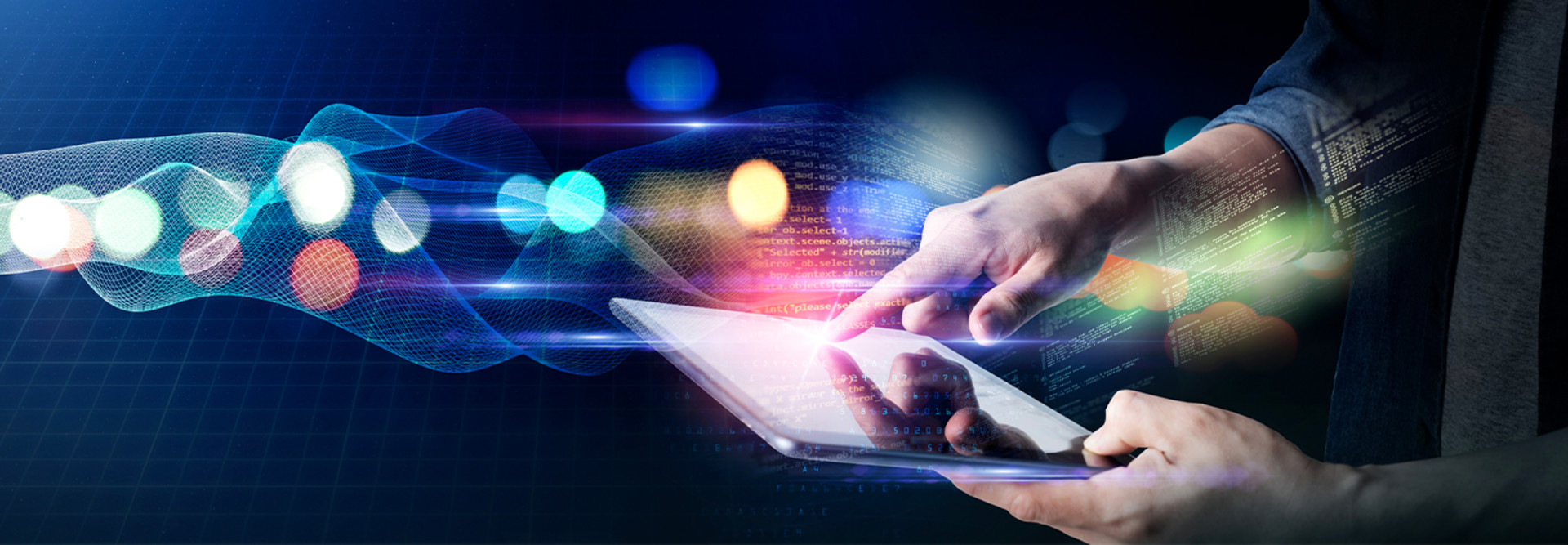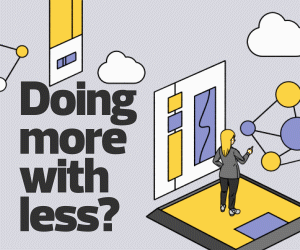How To Better Modernize Your Agency With Help From SAMA
Agencies wrestling with legacy applications can use SAMA to eliminate technical debt — the implied cost incurred when IT teams don’t improve outdated systems — bolster cloud readiness, improve code visibility and leverage modernization automation to simplify digital transformation. With automation, hundreds or thousands of applications can be analyzed at once, drastically reducing the time to modernization compared with manual app rationalization methods. SAMA scans improve:
- Code visibility when agencies don’t have holistic visibility into the quality of the code behind legacy applications
- Return on investment, identifying where organizations are spending more money than they should to maintain code
- Team visibility, offering insight into who’s doing what on certain applications
- Cloud readiness, assessing which applications should stay on-premises and what applications need to move to the cloud
- Application portfolio roadmaps, building a strategy to plan and budget for modernization
- Application-level roadmaps, determining whether to refactor, rebuild, rehost, replatform, retain, retire or replace applications
LEARN MORE: How to ensure modernization success via assessments, priorities and updates.
How SAMA Can Lead To A Better Application Modernization Process
SAMA develops a roadmap to help organizations start modernizing applications. It collects data to create a roadmap of your applications, your people, what codebase everything is written on, what the security level of that code is, what resources you currently have and who made the last entry into that code.
With all of that information, SAMA creates a list of priorities, shows organizations where to start and determines what needs to be fixed immediately. From there, organizations can determine what they can do with the resources they have. Priorities change from one organization to the next, as application modernization isn’t a one-size-fits-all process. A cloud-native solution might be most beneficial to one organization, while a lift-and-shift approach might be more feasible for another. Some organizations could benefit from keeping some applications on-premises.
Essentially, SAMA is a strategic play at the application level that considers what’s best for an organization. The key is keeping in mind the 7 R’s of modernization when deciding what to do with applications:
- Refactor: Changing an app’s code without altering functionality
- Rebuild: Making fundamental changes that improve app performance
- Rehost: Migrating a workload to a public cloud with modifications (lift and shift)
- Replatform: Modifying an application so it can be moved to the public cloud
- Retain: Leaving certain applications alone during modernization
- Retire: Shutting down obsolete applications
- Replace: Replace old applications with new off-the-shelf versions
This article is part of StateTech’s CITizen blog series. Please join the discussion on Twitter by using the #StateLocalIT hashtag.












